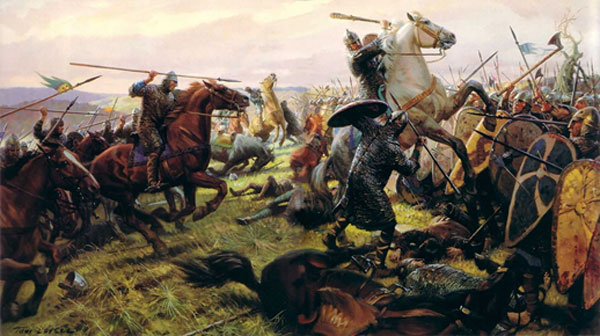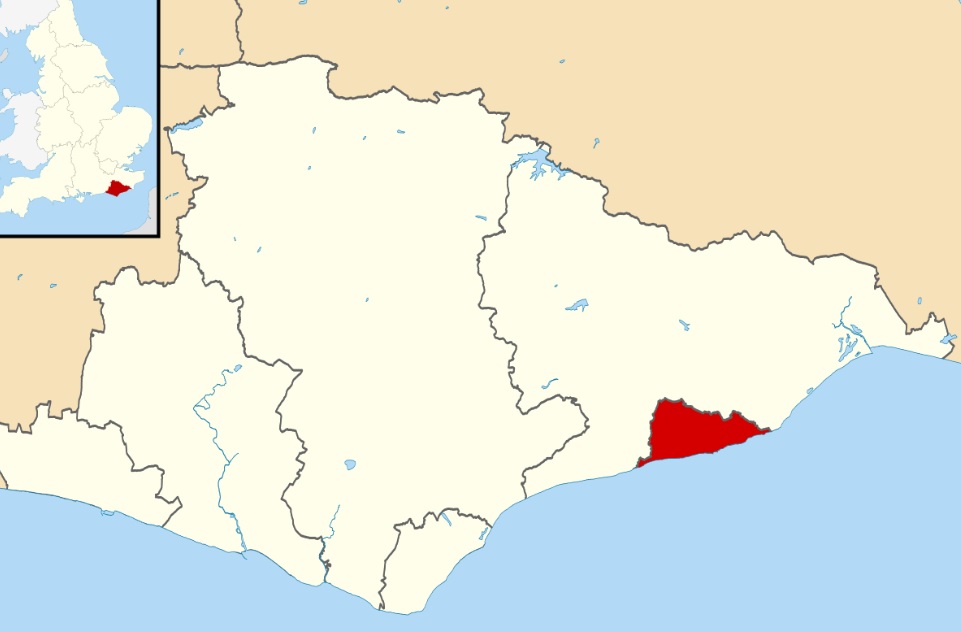
The future of England was changed in 1066 when William the Conqueror invaded England with three Norman, Breton and Flemish armies and then defeated Anglo-Saxon King Harold.
Roald d’Adoube Musard fought with William the Conqueror and is listed on the Battle Abbey listing. Kelly’s (Richmond) 26th great grandfather Roald was joined in battle by his sons: Hasculfus Musard, Hughe, Enisan, and Rould.

The battle site of the Battle of Hastings
is now maintained by
Click on this link to visit their website

The Norman Conquest of England
The Battle of Hastings was fought on 14 October 1066 between the Norman-French army of William, the Duke of Normandy, and an English army under the Anglo-Saxon King Harold Godwinson, beginning the Norman conquest of England. It took place approximately 7 miles northwest of Hastings, close to the present-day town of Battle, East Sussex, and was a decisive Norman victory.
An animated version of the Bayeux Tapestry.
The engrossing story of the conquest of England by William, Duke of Normandy in 1066, told in a 70 meters long embroidery created in the 11th Century and known as the Bayeaux Tapestry. It can be found at the Bayeaux Museum in France. Click here to learn more
Richmond Ancestors who fought in the Battle of Hastings
Serving in the Breton forces led by Alan Rufas were our relatives Ensian Musard (24x Great Grandfather of Kelly Dunn on the Richmond line) who would become the first Constable of Richmond Castle and Hasculfus VI De Musard. Ensian is listed in the army records known as the Battle Abbey Roles.
Alan Rufus or Alan the Red (c. 1040 – 1093) was a relative and companion of William the Conqueror (Duke William II of Normandy) during the Norman Conquest of England. He was given the ‘Honour of Richmond’ by William the Conqueror about 1071.


